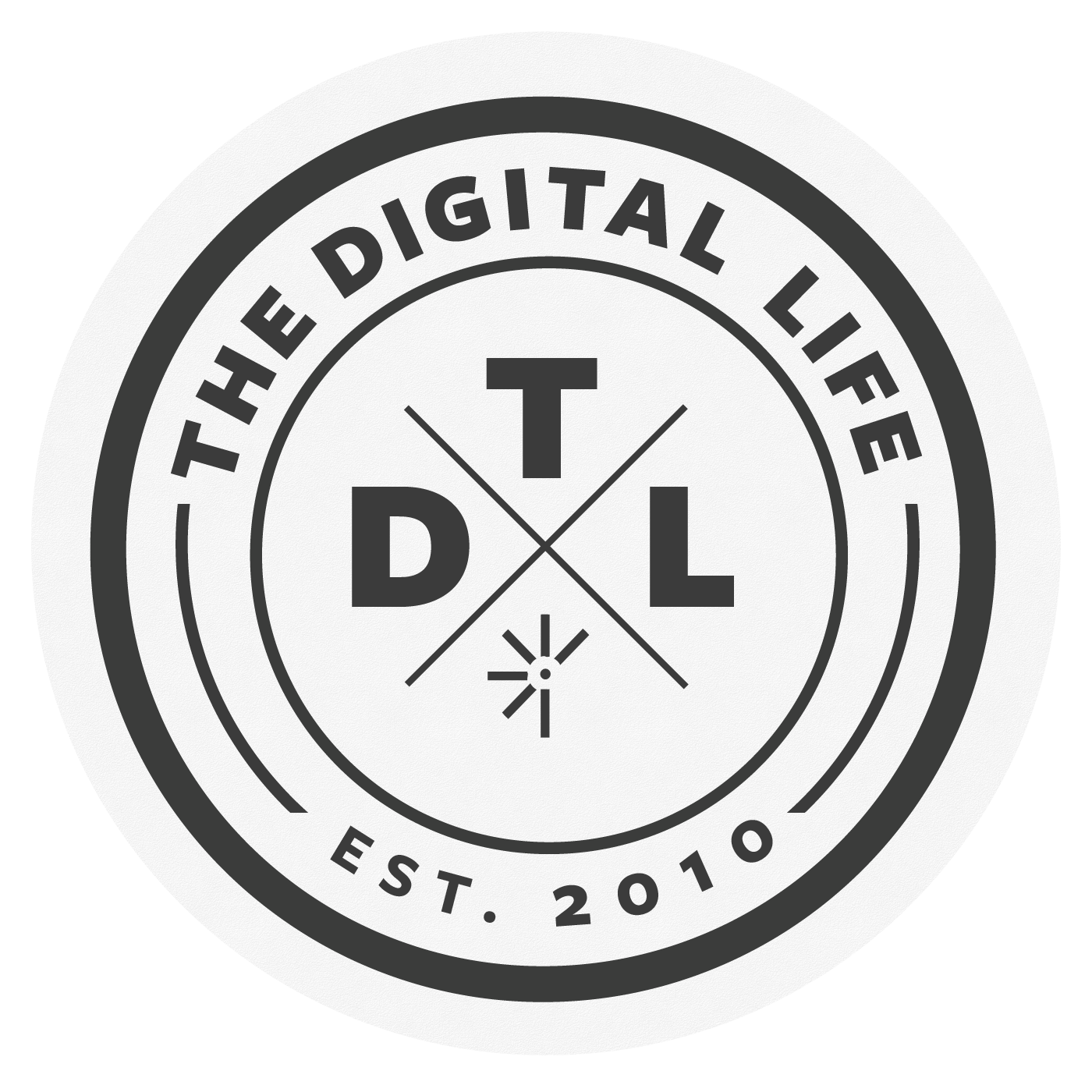Episode Summary
In this episode of The Digital Life, we discuss the right way to hire a digital studio — from skipping the RFP to starting with a test project to making sure company culture matches up between designer and client — based on a series of blog posts by Dirk Knemeyer. We're more than three decades into the digital age, and yet companies still have difficulty finding the right fit when it comes to design providers. Why should that be the case? Join us as we share our experience in the trenches of software design, and reflect on the right way to establish the best client / consultant relationship possible.
If you're interested in conversation at the intersection of technology, UX, design, and human behavior, you've come to the right place. You can view the full show transcript as well as previous episodes on The Digital Life Web site.
Here are a few quotes from this week's discussion.
Jon and Dirk on the RFP process:
Jon:
Whenever I hear RFP, I cringe. At one point in time, it must have been this great tool for companies to use and I don’t know if it’s kept pace with the advancing digital age, whether that’s the problem, or whether it was just a flaw of document from the beginning from its origin. But why don’t you tell us a little bit about why you think skipping the RFP is a smart way to hire a digital studio.
Dirk:
Yes. First of all, I don’t think that it ever made sense to issue an RFP. I think it might have made sense from the standpoint of lazy logic which is to say, “I am not going to think about this very hard,” and “Oh gee, wouldn’t it make sense to just send this item out to a whole bunch of people which gives us the most possible choice?”
The problem with that approach is many but to cover a top couple of the points, first of all by sending it out to a lot of people, you are getting back a whole lot of responses and getting into a paradox of choice issue that instead of further refining the people you’re sending it out to and sending it out, doing the research, taking the time for people who are better fits, you are plowing it out there. It’s all kinds of possible providers who in just different ways aren’t the right fit for you. Now, you’ve filled the funnel with stuff that is stuff as opposed to good data to get started on and to take action on. That’s a big problem right there.
Another issue with the RFP is in blasting it out to all kinds of different companies. You’re communicating to all of those companies that they’re not important to you and this process isn’t important to you because you aren’t willing to take the time with all the list down, and have a more targeted relationship. It’s like in fishing that there’s this industrial method of fishing where they scrape a giant net across the bottom of the sea, and they pull up everything they possibly can. In the process, they kill lots of things that they don’t need, and then they take the time to pick through as opposed to the fishermen who are single-line fishing, purpose fishing for the things that they’re actually looking for. It’s very similar in the scale and really the impact.
It’s just silly. It’s understandable why if you don’t put a lot of time and thought into it and just say, “Send out an RFP. We’ll get a whole bunch of things to pick from,” but you don’t want a whole bunch of things to pick from. You want a small number of things to pick from that are within a group that would be potentially a really good fit for you.
